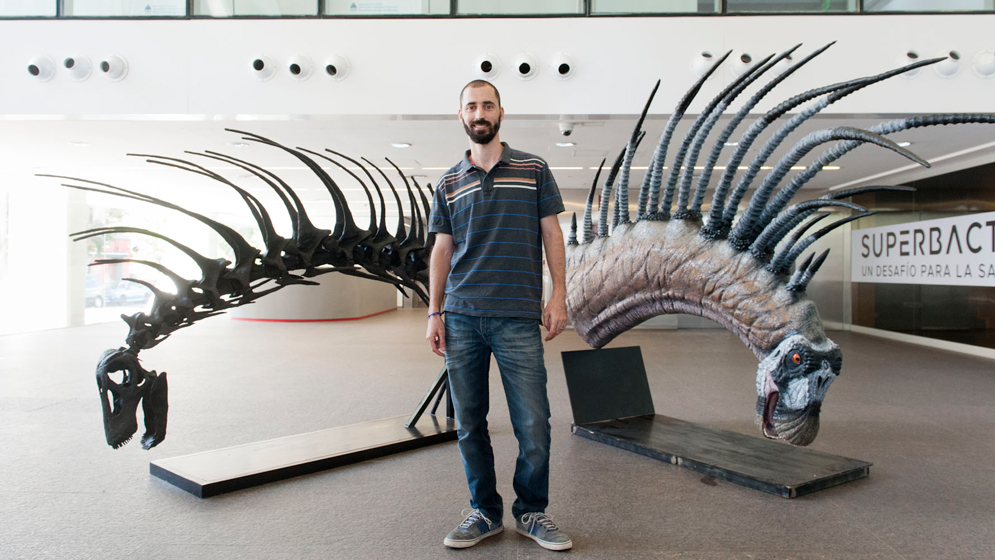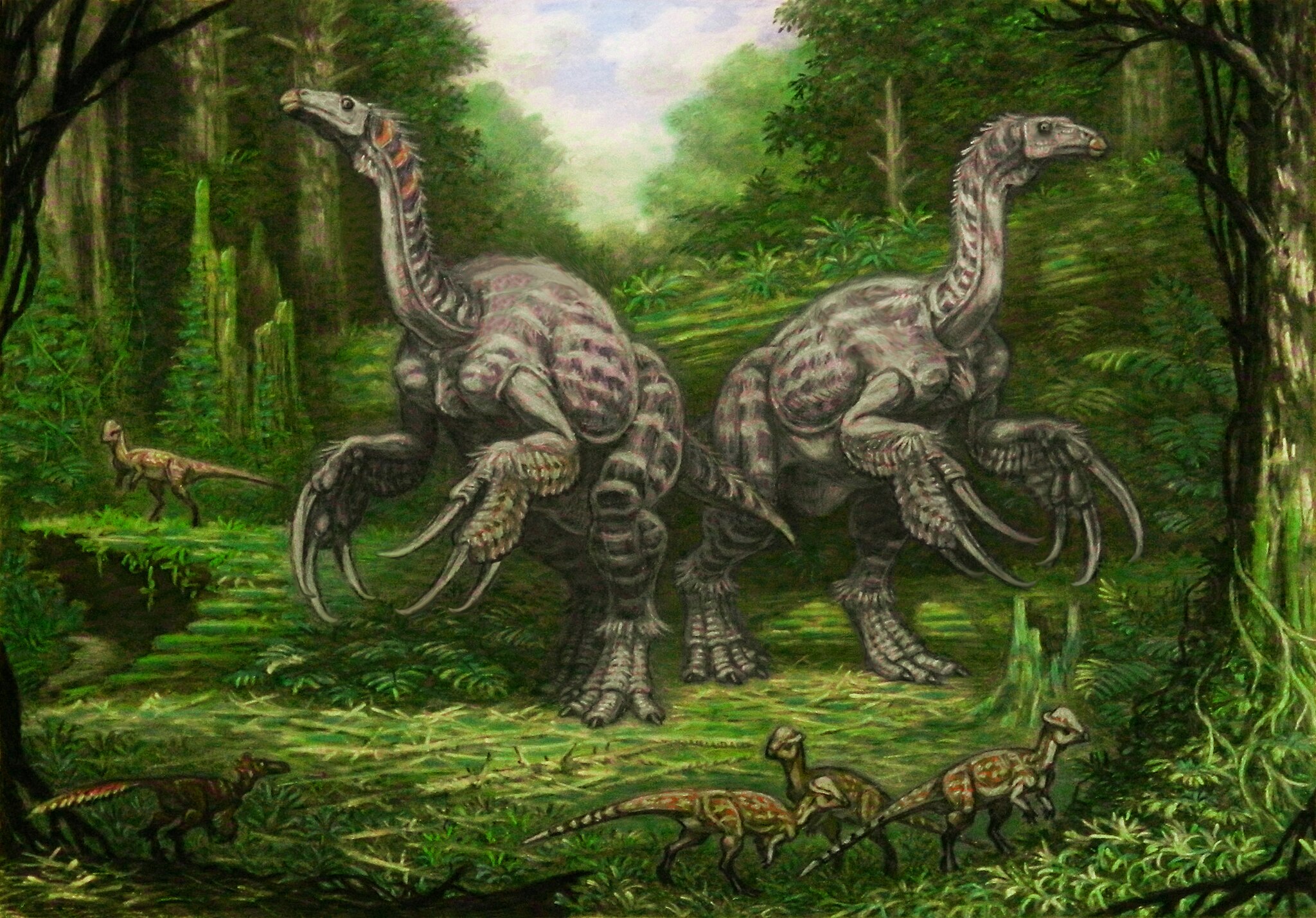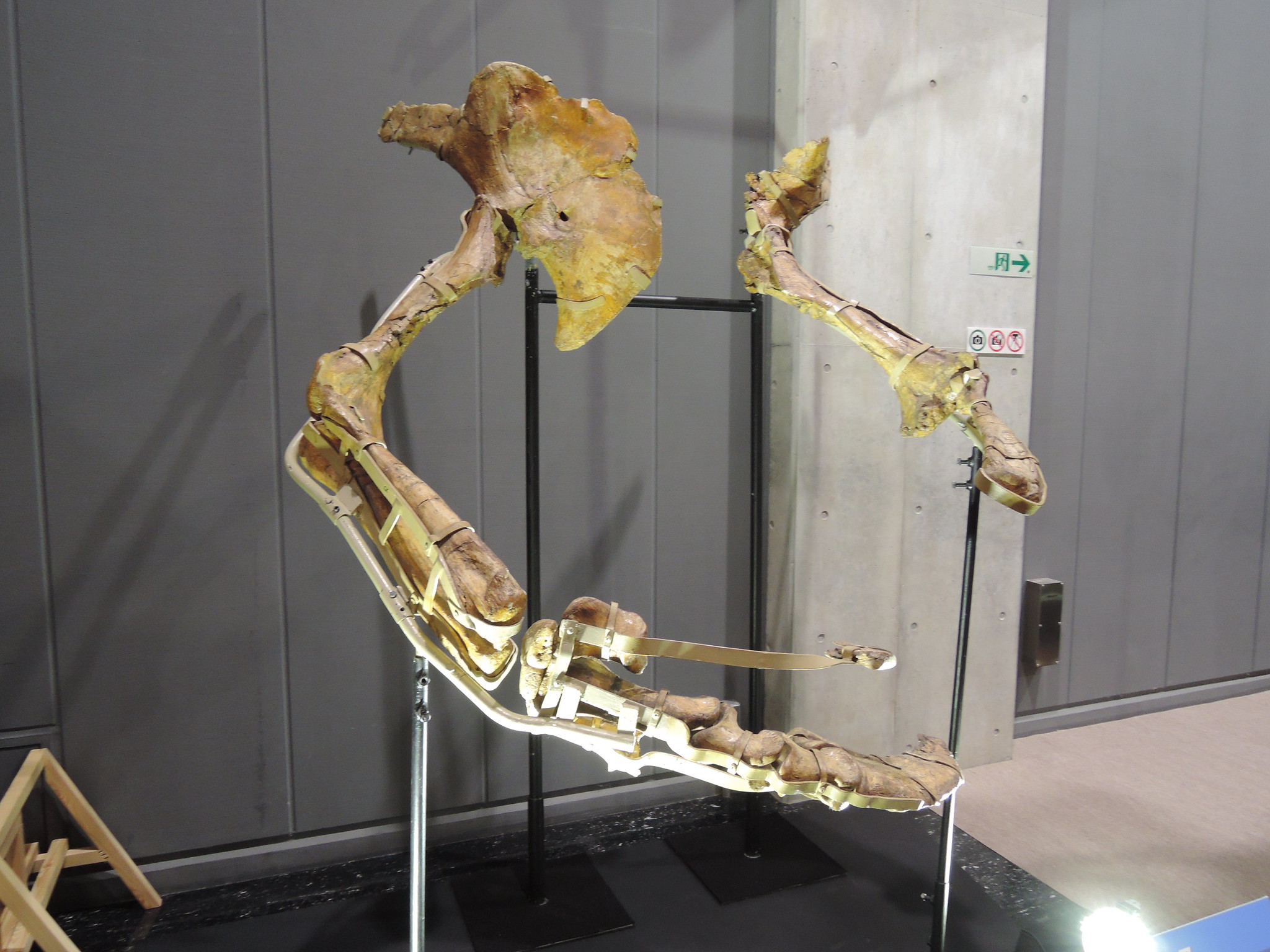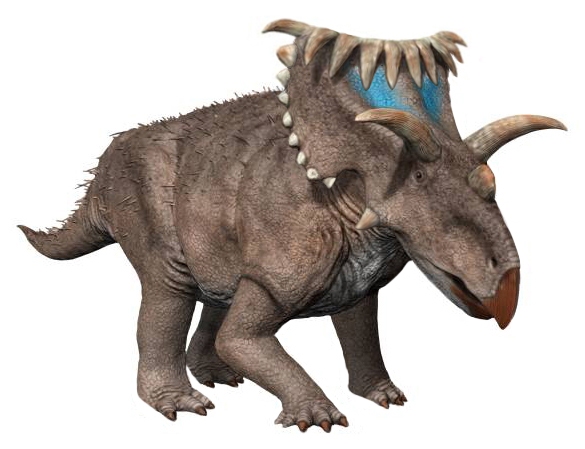You’ve probably seen the meme “Your job can wait. Tell us about your favorite dinosaur.” Luckily for us, that’s a daily chat at IFLScience, but it’s interesting to see just how often the classic childhood favorites come up: triceratops, stegosaurus, T. rex etc. Despite the resurgence of Jurassic World introducing the world to some lesser-known (and vaguely more accurate) prehistoric creatures, plenty have flown under the radar that are so cool you really should know about them. No basic dinosaur for you the next time this question comes up.
The punk rock dinosaur
Did you know some dinosaurs had mohawks? You may well have done, but this guy appears to have his on backwards and paleontologists really don’t know why.
When you think of dinosaurs, you may be picturing the impressive arsenal of teeth, jaws, and claws most carnivores came equipped with, but herbivores didn’t come unprepared, so don’t underestimate them. Bajadasaurus pronuspinax, meaning “downhill lizard” and discovered in 2019, had its own weapons in the form of unusual, nearly meter-long, porcupine-esque neck spikes.
B. pronuspinax belongs to the Diplodocidae-related Dicraeosauridae family of sauropods, massive behemoths with long necks and tails that roamed what is now Argentine Patagonia around 140 million years ago during the Lower Cretaceous, long before the iconic titanosaurs this region is famous for.

Palaeontologist Pablo Gallina, one of Bajadasaurus’ discoverers, with the reconstructed skeleton and model on display at the Cultural Science Center, Buenos Aires.
Image courtesy of Secretariat of Science
Of the five species of Dicraeosauridae, only one other is known to have neck spines, but they are much smaller, pointing backward like on porcupines or echidnas. B. pronuspinax, however, seems to have spikes that point in the wrong direction: forwards over its head.
Palaeontologists hypothesized that these long, thin spikes are defensive spines that could protect the creature’s vulnerable long neck while leaning down and grazing. The spines are made of bone, but they suspect would have been covered in keratin like a rhino’s horn, which is much tougher than bone and less likely to fracture or break off on impact if attacked.
Of course, like with any unusual appendage on these long-extinct animals – think sails, plates, and frills – they may have had other functions like thermoregulation or even sexual selection. There is still plenty to learn about these lesser-known sauropods but Bajadasaurus’ funky appearance helps it stand out from the crowd.
The Edward Scissorhands of the dino world
You may recognize this one from Jurassic World: Dominion, although the idea it could take on a Giganotosaurus is pure wishful thinking (someone in the writer’s room is clearly a fan).

Therizinosaurus probably looked more like a giant turkey than an armadillo but its incredible claws are on full display.
The lone species in its genus, Therizinosaurus cheloniformis was a very large herbivorous therapod known only from a few teeth and its strong arms ending in fearsome, giant claws. It’s these giant claws that gave it its name (Therizinosaurus means “scythe lizard”) and palaeontologists a headache, since they don’t make any sense.
Therizinosaurus lived in the Late Triassic and Cretaceous, around 220 million to 66 million years ago. Estimates have it reaching over 7 meters (23 feet) tall – possibly up to 10 meters (30 feet), the same height as a T. rex – but with a rather ungainly body that has been described variously as “pot-bellied” and “big-bottomed”, with a long neck, short legs, feathers, and a beak. It doesn’t sound great until you get to the claws: showstopping, meter-long, Edward Scissorhands-like scythes that are the largest of any animal ever recorded.
What did it do with these great big salad scoops? Well, palaeontologists aren’t really sure. Why a dinosaur whose other features all suggest it was a plant-eater would need such massive claws has long remained a mystery, but they certainly weren’t stabbing Giganatosaurus through the neck.

The forelimbs and huge claws of Therizinosaurus on display at the Nagoya City Science Museum, Japan.
A study earlier this year concluded that these gigantic claws would have failed to fight or fend off attackers because they would just be too flimsy and could not bear the stress. Instead, they suggest they were largely for display: to impress females or wave around to scare off others.
Adorably, it has also been suggested they used them for grooming; Therizinosaurus had feathers, so they could have used them on each other as fancy combs (however, if you’ve seen Edward Scissorhands, you know how horribly wrong that can go).
Therizinosaurus just goes to show your favorite dinosaur doesn’t need to be the scariest or flashiest, sometimes it can be the weirdo in the corner that doesn’t know what to do with its hands.
The “horniest” dinosaur of all time
If you have ever turned up to an event and felt overdressed, imagine how Kosmoceratops richardsoni must have felt with its 15 – yes, 15 – full-size horns on its massive 2-meter-long (6 feet) skull. It had a horn above each eye, one on its nose, one coming out of each cheek and 10 strangely curled over spikes on its frill that frankly look like every bad decision to get bangs ever made.

Kosmoceratops richardsoni, never knowingly underdressed.
Discovered in 2006, Kosmoceratops lived some 76 million years ago in the Late Cretaceous in what is now southern Utah. Known from only two fossils, it was about 5 meters (16.4 feet) long from snout to tail, meaning its head was huge relative to its body size. But no one is looking at its body when it’s the most ornate-headed dinosaur ever found. In fact, its discoverers were quite literal in naming Kosmoceratops, which translates as “ornamented horned face” in the Greek often used for dinosaur taxonomy.
So why did they have a head with more ornaments than a Christmas tree? The horns would have provided little defense, nothing its huge ceratopsid frill couldn’t provide anyway, so palaeontologists hypothesize they were for sexual selection, like a peacock’s tail or deer’s antlers. Impressive ornamentation on males can help compete for mates and warn off other would-be suitors.
Curiously, sexual dimorphism doesn’t seem to occur in ceratopsians, so the females would have had all the same bells and whistles. Again, palaeontologists hypothesize either mutual sexual selection or that the females didn’t want to be picked off by predators so mimicked the males’ fancy headgear.
We can all take a lesson from Kosmoceratops: when it comes to accessorizing, more is more.
So there you have it, the next time you see the “Your job can wait. Tell us about your favorite dinosaur”, don’t sit around waiting for someone to say T. rex, jump in with “Have I got the dinosaur for you!”
Source Link: The Coolest Dinosaurs You Should Know About But Probably Don’t